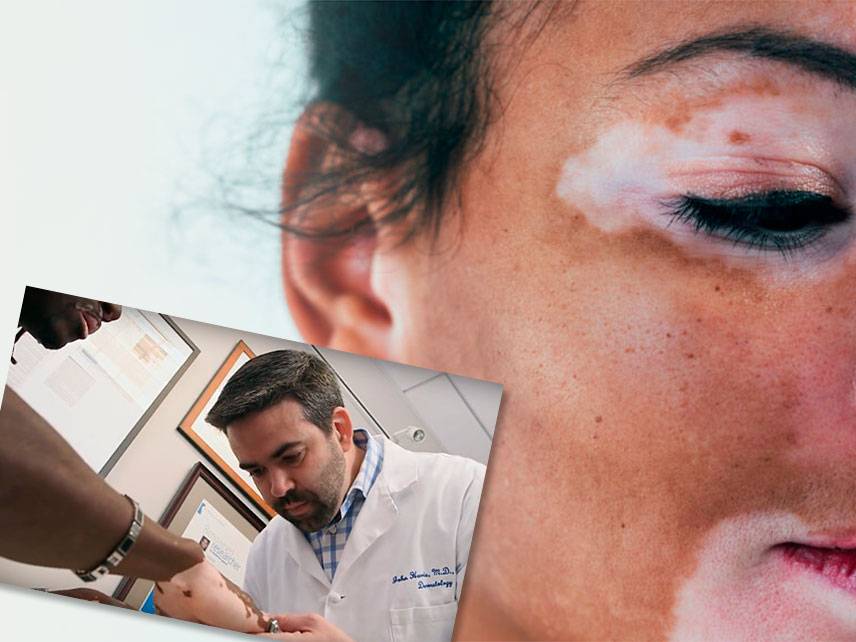What is Vitiligo?
Vitiligo is a skin disorder that causes patches of the skin to lose its pigment, resulting in a discoloration of the skin and hair. It is a long-term medical condition in which the skin cells that produce melanin, the pigment that gives color to the skin, hair, and eyes, are destroyed. The condition affects all races and both sexes. Symptoms may begin at any age but most often start in people between the ages of 10 and 30.
Signs and Symptoms
The most common symptom of vitiligo is the presence of white patches on the skin. These patches may be located anywhere on the body, including the face, hands, arms, and feet. They may also appear on mucous membranes such as the lips and inside the mouth. Additionally, vitiligo sometimes affects the hair. The white patches may also spread to cover larger areas of the skin.
Causes
The exact cause of vitiligo is not known, but it is believed to be an autoimmune disorder. This means that the body’s own immune system mistakenly attacks the cells that produce the pigment melanin. Other possible causes include sunburn, genetics, stress, and exposure to certain chemicals.
Risk Factors
Vitiligo affects people of all races and both sexes, though some populations are at higher risk than others. People with a family history of the condition, those with other autoimmune diseases, and those with fair skin are more likely to develop vitiligo.
Prevention
Unfortunately, there is no way to prevent vitiligo. However, avoiding sunburn and excessive sun exposure may reduce the risk of developing the condition. It is also important to wear sunscreen and protective clothing when outdoors to protect the affected skin.
Diagnosis
Vitiligo is usually diagnosed based on a physical examination of the affected skin. Your doctor may also take a biopsy of the affected area to rule out other skin conditions. Additionally, they may order blood tests to determine if you have any other autoimmune conditions.
Treatment
Treatment for vitiligo is aimed at restoring the skin’s color. It may include topical creams, light therapy, and surgery. Your doctor will discuss the best treatment options for you based on your age, the extent of the condition, and other factors.
Coping and Support
If you have been diagnosed with vitiligo, it is important to seek out support from friends and family. Joining a support group can also be helpful in providing emotional and practical support. Additionally, speaking to a counselor or therapist can help you cope with the physical and emotional effects of the condition.
Complications
The most common complication of vitiligo is the development of skin cancer. This is due to the increased exposure to ultraviolet radiation in areas of depigmented skin. Additionally, people with vitiligo may experience depression, anxiety, and social isolation due to the appearance of the affected skin.
Living with Vitiligo
Living with vitiligo can be challenging, but there are ways to manage the condition. It is important to protect the affected skin from sunburn and to use sunscreen regularly. Additionally, wearing protective clothing and hats can help protect the skin from further damage. Finally, seeking out emotional support can help you cope with the physical and emotional effects of vitiligo.
Vitiligo is a long-term condition that can be difficult to manage, but the outlook is generally good with proper treatment and support. By taking steps to protect your skin from the sun, seeking emotional support, and following your doctor’s treatment plan, you can live a full and active life.





